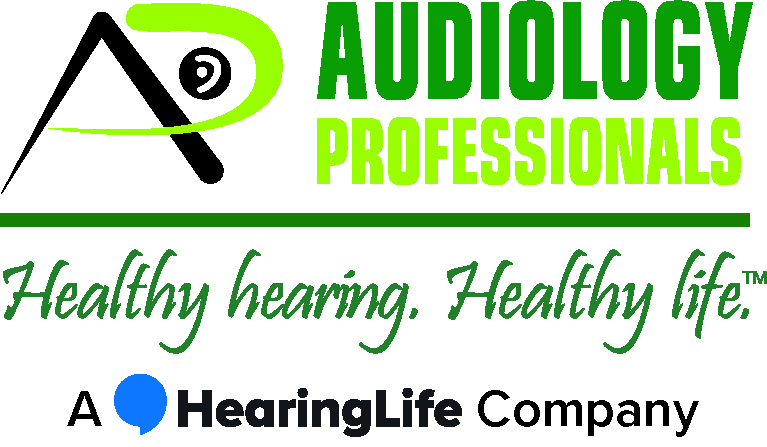What kind of hearing device is right for you?
At Audiology Professionals we strive to find the hearing device that best fits your needs, lifestyle and budget. Here are examples of the different types of hearing devices we offer and the types of hearing loss they are best for:
Receiver-In-The-Ear (RITE) and “Slim Tube” hearing aids are the most unobtrusive type of hearing instrument currently available. This style keeps the ear canal open to reduce any plugged-up sensation. The appropriateness of these hearing devices is limited based on the degree of hearing loss.
Behind-The-Ear (BTE) instruments are appropriate for hearing losses from mild to severe. Directional microphones, multiple listening programs and a tele-coil for compatibility are available for these models. This style is best suited for pediatric patients and individuals with excessive moisture and accumulative cerumen (earwax).
In-The-Ear (ITE) hearing instrument fills the outer portion of the ear. This style is appropriate for mild to severe hearing losses and may include features such as directional microphones, multiple listening programs, and a tele-coil.
In-The-Canal (ITC) style hearing instrument is a smaller model than the full-shell ITE and is appropriate for hearing losses from mild to moderately severe. Features are limited due to size restrictions. Good manual dexterity is more important for this style.
Invisible Hearing Aids such as the Completely-In-The-Canal (CIC) hearing instrument is almost invisible. The appropriateness of this style hearing instrument is based on degree of hearing loss and manual dexterity. Features are limited due to size restrictions.
